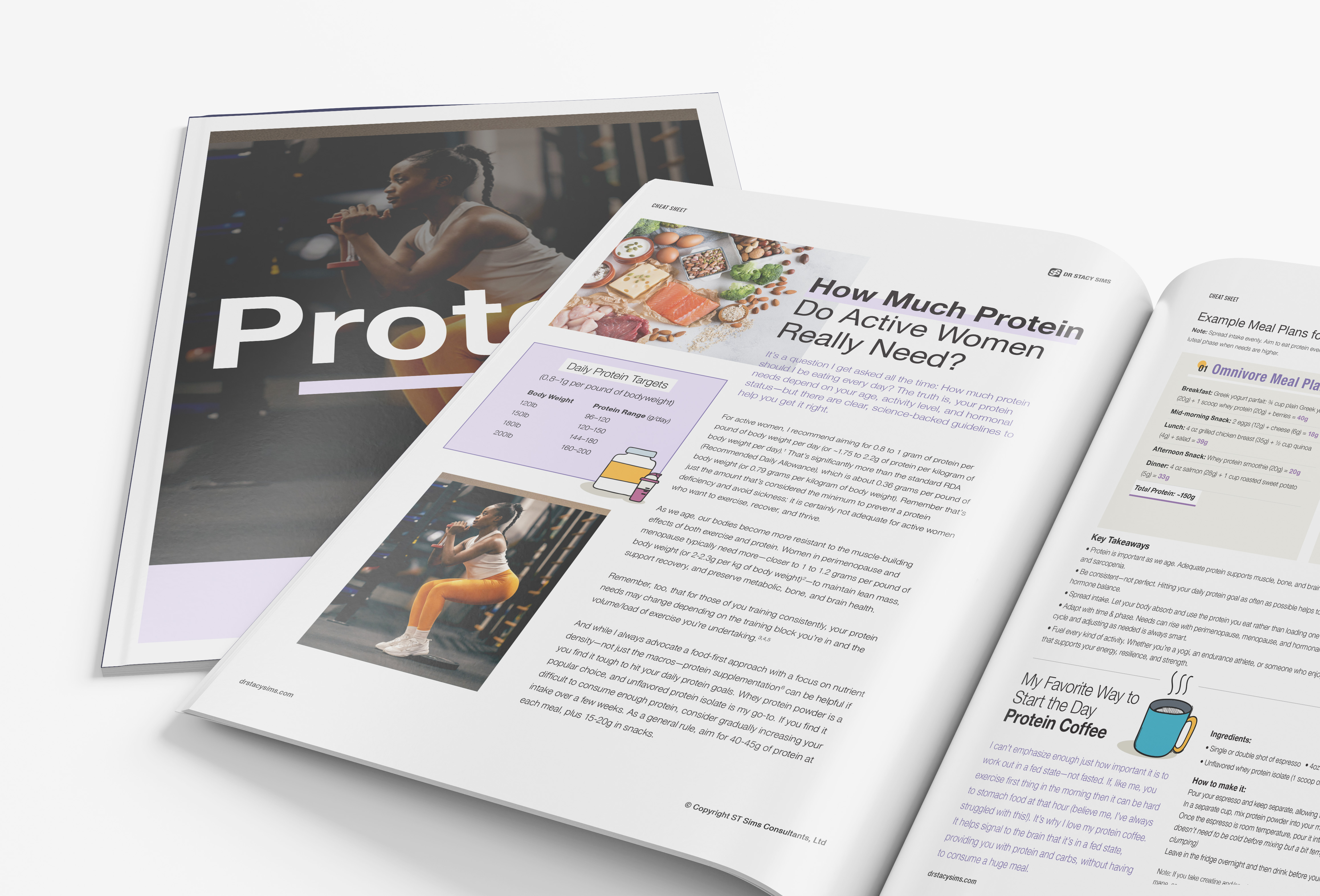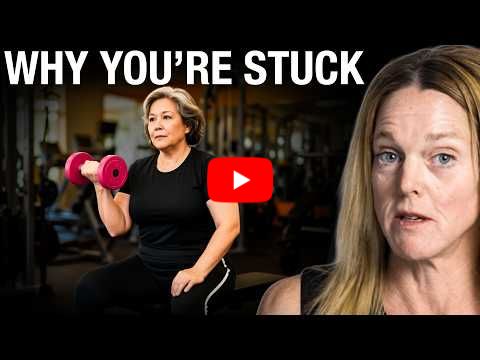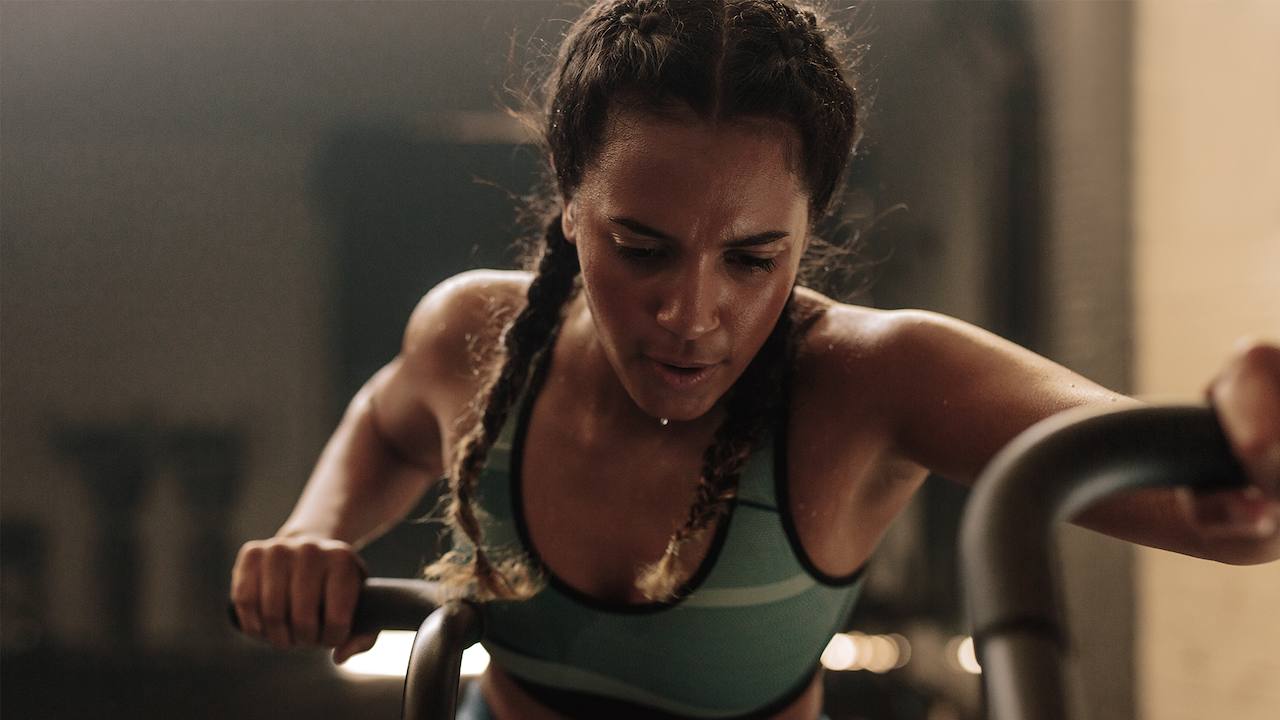Understanding PCOS in Active Women
If you’ve ever been told you have PCOS, you’re not alone—and you’re certainly not the only one confused by what that diagnosis really means. Polycystic Ovary Syndrome (PCOS) is one of the most common hormonal conditions affecting women of reproductive age, yet it’s also one of the most misunderstood.
Here’s what’s important to know: PCOS isn’t one single thing. It’s a spectrum of symptoms and hormonal patterns that can look quite different from one woman to the next.
What’s Really Happening with PCOS
At its core, PCOS involves an imbalance in how your body produces and responds to certain hormones, especially insulin and androgens (like testosterone). That imbalance can interfere with ovulation, leading to irregular cycles or even missed periods. When ovulation doesn’t happen regularly, eggs don’t mature and release as they should. Instead, they stay in the ovary, which can create that “polycystic” (meaning many follicles) appearance on an ultrasound.
But that’s not the whole story. Insulin resistance—when your cells stop responding properly to insulin—is a major player for many women with PCOS. This can drive higher blood sugar, make it harder to use carbs efficiently for fuel, and increase fat storage around the abdomen. Over time, this hormonal-metabolic loop can affect body composition, energy levels, and even how your body responds to training.
When It Looks Like PCOS—But Isn’t
I see this often in active women: you’ve been training hard, maybe under-fueling a bit (or a lot), and your period has been irregular or absent. Then, as you start eating more and recovering better, your body begins to “wake up” hormonally—and suddenly your doctor says your ovaries look polycystic on an ultrasound.
What’s happening here isn’t PCOS in the classic sense. It’s actually your body recovering from low energy availability (LEA). When you’re chronically under-fueled, your brain downshifts reproductive hormone signaling; it’s trying to conserve energy for survival. Once you start fueling adequately again, your body finally has enough energy to mature multiple eggs at once, so it can appear as if you have PCOS when really you’re just coming back online. Why?
The usual clinical metrics for diagnosis come from the Rotterdam Criteria, a set of diagnostic guidelines for PCOS, requiring a diagnosis to be met by the presence of at least two of the following three features:
- Oligo-anovulation (irregular or infrequent periods)
- Hyperandrogenism (signs of excess male hormones, either clinically or through blood tests)
- High egg count/polycystic ovaries (visible on an ultrasound scan)
Note that all of the above can also can be indicators of LEA and LEA recovery. That’s why context matters. The same ultrasound can mean two very different things depending on your training history, nutrition, and hormone patterns.
I was fortunate to be part of a women’s health roundtable on the Diary of a CEO podcast recently, and PCOS was one of the (many!) topics we talked about. If you’ve not listened to it yet, you can check out Part 1 below and Part 2 here.
|
What You Can Do to Support Your Body
Whether you’re managing PCOS symptoms or recovering from LEA, the underlying goal is the same for active women: support hormonal balance by stabilizing energy availability, improving metabolic flexibility, and reducing inflammation. Here’s how to start:
1. Work with the right healthcare team
If you suspect or have been diagnosed with PCOS, stay in communication with your medical doctor—and if you’re not feeling heard or supported, find a doctor who understands women’s physiology and is empathetic toward your symptoms. Too often, women are dismissed or told to “just lose weight” or “go on the pill,” which doesn’t address the root cause. You deserve a provider who listens, investigates, and collaborates with you to find long-term solutions that support your lifestyle, goals, and hormones.
2. Fuel appropriately for your training
Undereating or skipping carbs can increase cortisol and impair ovulation—two things you don’t want. If you’re prone to insulin resistance, that doesn’t mean you should fear carbohydrates. It means you should time them smartly: fuel your workouts with carbs, prioritize protein and fiber at meals, and avoid large carb-heavy meals when you’re sedentary.
Think of it as aligning your fuel with your physiology.
3. Lift heavy and move often
Strength training is one of the most effective tools for improving insulin sensitivity and body composition. It helps your muscles become more efficient at using glucose, reduces inflammation, and supports a healthy hormonal environment. Add in some aerobic training to build mitochondrial capacity and metabolic flexibility.
4. Support recovery with sleep and stress management
High cortisol levels (from stress, lack of sleep, or overtraining) can worsen hormonal imbalances and drive insulin resistance. Keep an eye on your recovery metrics, build in rest days, and use your favorite stress-management tools, whether that’s breathwork, yoga, or time outdoors with friends.
5. Adopt an anti-inflammatory eating pattern
There’s no “PCOS diet” as such, but there is good evidence for eating in a way that supports blood sugar stability and reduces chronic inflammation. This doesn’t need to be complicated, just consistent. Focus on:
-
Plenty of colorful fruits and vegetables (antioxidants and phytonutrients matter!)
-
Omega-3-rich foods like salmon, sardines, chia, and flax
-
High-quality protein at every meal
-
Minimally processed carbs and fats
-
Limiting added sugars and ultra-processed foods
6. Use heat therapy strategically
Strategic heat exposure can be a powerful tool to help manage inflammation, improve insulin sensitivity, and regulate stress—three key factors in PCOS. Brief, controlled heat therapy improves glucose tolerance, insulin sensitivity, reduces serum testosterone, and improves menstrual function, while also substantially improving the expression of heat shock proteins (proteins that respond to cellular stress), which all help your body use fuel more efficiently. Heat therapy also triggers a calming parasympathetic response afterward, lowering cortisol and supporting recovery. The key is not to overdo it: aim for a hot tub temperature of 40.5°C (~104°F) for 30 minutes or a dry sauna of 65-75°C (150-175°F) for up to 20 minutes, a few times per week. Going hotter or longer does not add to the effect; keep it focused and specific.
Putting it all together, this is what my real-world advice looks like for active women with PCOS:
-
Bookend training sessions with food: 15-20g protein with 30g carbs before high-intensity practices, then 35g protein within 30 minutes of finishing. For a strength-based or skill-based session, this is 15-20g protein before, and 35g protein with 30g carb after. The protein can come from any source, but we are looking for sources with ~2.5g leucine per serving. This can be eggs, dairy (unsweetened Greek yogurt), or you can do the supplement route with unflavored whey protein isolate or unflavored pea protein isolate.
-
Eat frequently: Be conscious that throughout the day there are not large chunks of time without food, so this might mean eating on a meal schedule, and if needed, splitting meals into “mini meals” to accommodate training/work, etc.
-
Eat well: Lean proteins are key, and all sources are fine, but I try to encourage plant-based choices to get a greater amount of anti-inflammatory and anti-oxidative foods. I also suggest plenty of:
-
Colorful whole fruit and veg (not juices or smoothies unless you make your own smoothie and control how much sugar is in it)
-
Whole grains like buckwheat, spelt, black or brown (jasmine) rice, quinoa
-
Fermented foods like kefir, low-fat unsweetened Greek yogurt, sourdough bread (great carb source for after training too).
-
Fasting: Because the literature agrees that fasting does benefit PCOS by reducing androgen load, I work in time-restricted eating (NOT intermittent fasting!), but this is really just a fancy way of saying "normal eating,” e.g., breakfast by 8 a.m. and dinner by 6-7 p.m, which gives a 12 to 13-hour “fast.” The HUGE caveat here is that there is NO fasted training; this exacerbates overall stress and endocrine dysfunction.
Give Your Body What It Needs
PCOS is a complex condition—and for some active women, it’s not even PCOS at all, but a reflection of your body regaining energy balance. The common thread is this: your metabolism and hormones are highly responsive to how you train, eat, and recover.
When you give your body enough energy, strength work, and recovery time—and keep inflammation in check—you’re creating the conditions for your hormones to do what they’re meant to do.
If you suspect PCOS or have been told you have it, find a practitioner who understands both female physiology and your training lifestyle. But remember: your body isn’t broken. It’s communicating. Your job is to listen, fuel it well, and help it thrive.

Free Protein Guide
I recently hit 1 million followers on Instagram (wow, thank you!). I’m honored I get to share my work and life’s passion with you all. One of the topics I’m asked about a lot is protein intake, so to celebrate hitting the 1 million milestone we created this free Protein Guide. It includes sample meal plans for hitting optimal daily protein intake (for both omnivores and plant-based folks) as well as my go-to protein coffee recipe.
Cold Plunging for Women: Why Colder Isn’t Always Better
Another topic that always seems to be popular: cold plunging! When it comes to women and cold plunging, colder is NOT always better. In this new article, I share my guidelines on best temperatures for women (spoiler: it’s not icy cold, like it is for guys!), and also explain the differences between cold plunging for health and performance.
Recovery & Cortisol Explained
Many active women focus heavily on their workouts and what they’re eating, but neglect their recovery, which is where the real gains happen. That’s exactly what we talk about in this video, Recovery & Cortisol Explained. In short, train hard, fuel well, and don’t forget to prioritize mobility, sleep, and simple quiet time to help lower sympathetic drive and support better overall results.
|
Jump Training with Bad Knees
I’ve talked a lot about the benefits of jump training for bone density, yet I realize knee injuries are common. In this latest reel, me and Loretta talk about ways you can still get the benefits.
Until next time,
Forwarded this newsletter? You can join my community here!











